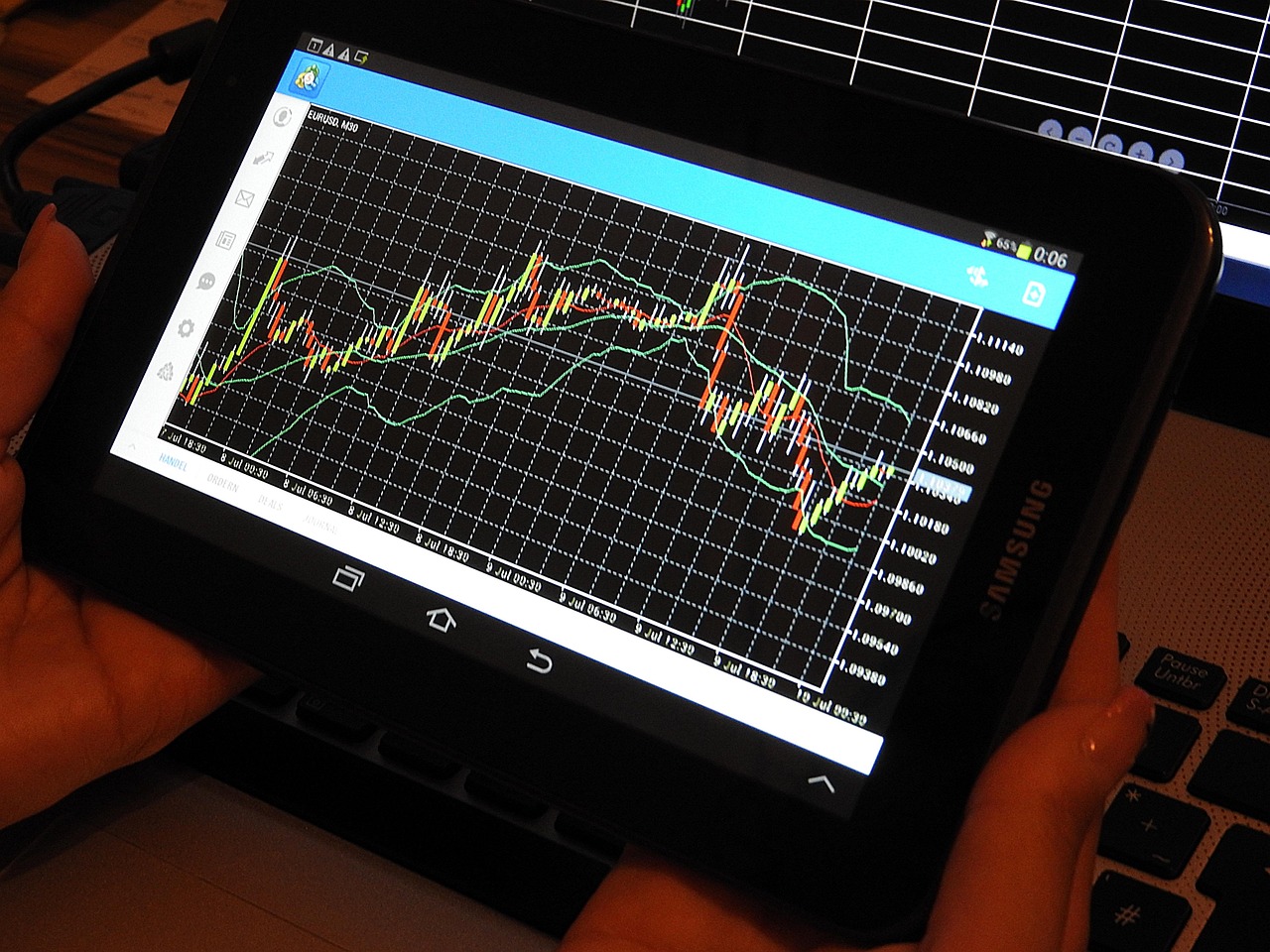Introduction
The investment world in 2025 is more diverse and digital than ever. Investors today are not just choosing between stocks and mutual funds—they’re also exploring decentralized finance (DeFi) as a serious investment avenue.
But the question remains: Does DeFi offer better returns than traditional trading platforms in 2025?
In this detailed comparison, we break down both DeFi and traditional trading, their advantages, risks, and returns to help you make the most informed decision.
What is DeFi?
DeFi (Decentralized Finance) is a financial system built on blockchain technology. It allows users to trade, lend, borrow, and earn interest without relying on traditional banks or brokers.
Common DeFi Platforms in 2025:
Uniswap – decentralized crypto exchange
Aave – lending and borrowing
Curve Finance – stablecoin liquidity pools
GMX, dYdX – decentralized derivatives
Lido, Rocket Pool – staking services
DeFi is powered by smart contracts and offers open, permissionless access to financial services.
What is Traditional Trading?
Traditional trading refers to buying and selling assets like stocks, ETFs, and bonds via regulated institutions such as:
Stock brokerages (Zerodha, Fidelity, Charles Schwab)
Banks (ICICI Direct, HDFC Securities)
Stock exchanges (NYSE, NASDAQ, NSE)
These systems are regulated by government bodies like SEBI (India), SEC (USA), and offer investor protections, support, and insurance-backed services.
Key Differences: DeFi vs. Traditional Trading
Feature DeFi Traditional Trading
Ownership Full control of assets Broker or bank holds your funds
Accessibility 24/7, global access Business hours, country-specific
Regulation Unregulated or partially regulated Heavily regulated
Risk High (smart contract bugs, hacks) Moderate (market risk)
Fees Minimal, mostly network fees Brokerage, commission, transaction charges
Returns High potential, high volatility Stable, long-term growth
KYC Requirements Often none Mandatory
Asset Types Crypto, tokens, synthetic assets Stocks, mutual funds, ETFs, bonds
Returns in 2025: DeFi vs. Traditional
DeFi Returns
DeFi platforms offer a range of yield-generating activities. In 2025, these include:
Staking: 4% to 12% APY
Lending: 3% to 10% annually, depending on asset
Yield farming and liquidity mining: 10% to over 50% APR, though with added risk
Decentralized derivatives: Potential for much higher returns, but extremely volatile
Token growth: Value appreciation of project tokens can provide exponential returns
These returns are attractive, especially during bull markets. However, they are often dependent on platform adoption, token value, and blockchain network conditions.
Traditional Investment Returns
Returns from traditional markets remain consistent:
S&P 500 Index: Historical average of 8%–10% annually
Blue-chip stocks: 10%–20% in strong growth years
Mutual funds (India): 12%–16% CAGR in top equity funds
Fixed deposits, bonds: 5%–7% stable returns
Dividend stocks: 2%–5% annual income
While not as explosive as DeFi, traditional markets are backed by real-world businesses and robust regulations, making them a safer option for long-term investors.
Risk Analysis
Risk Area DeFi Traditional Trading
Security Risk of hacks, code bugs Secure platforms, insured accounts
Regulation Limited or evolving Fully regulated
Market Volatility Extremely high Moderate
Exit Liquidity May face slippage or token crashes Easy exit for most listed securities
User Error Mistakes can be irreversible Support available for errors or disputes
User Experience and Learning Curve
DeFi:
Requires understanding of wallets (like MetaMask), gas fees, and blockchain mechanics
No customer support — you manage your own funds
New users may find it overwhelming
Traditional Platforms:
Beginner-friendly apps (Groww, Robinhood, Fidelity) with tutorials
Full customer service and financial advice
Simpler interfaces and trusted environments
For someone new to investing, traditional platforms provide a smoother and more accessible experience.
Which Offers Better Returns?
Criteria Winner
Short-term Gains DeFi
Long-term Stability Traditional Trading
Passive Income DeFi (staking and lending)
Security Traditional Trading
Innovation DeFi
Ease of Use Traditional Trading
Real Use Case Comparison
Example 1: DeFi Investment
You stake Ethereum (ETH) via Lido at 6% APY
You also provide liquidity in a stablecoin pool with 12% APR
Annual combined return: Approximately 8% to 15%, depending on market stability
Example 2: Traditional Investment
You invest in an S&P 500 ETF with 10% annual average return
You also hold dividend stocks with 3% yield
Combined return: 8% to 12%, depending on market cycle
In bullish cycles, DeFi can outperform. But in market downturns, traditional assets tend to be less volatile and more reliable.
The Hybrid Approach: Using Both Platforms
Many smart investors in 2025 are using a hybrid strategy to balance risk and maximize returns.
Asset Type Platform
Crypto (BTC, ETH) Buy on Coinbase or Binance, hold in cold wallet
Mutual Funds Invest via Groww or Zerodha
DeFi Staking Use Lido or Rocket Pool
Indian Equities Zerodha, Upstox, ICICI Direct
DeFi Lending Platforms like Aave or Compound
U.S. Stocks Robinhood or Vested (India to U.S. access)
This approach ensures diversified exposure and helps optimize returns across market conditions.
What Experts Say About 2025
DeFi protocols continue to innovate, especially with AI integration and Layer 2 scaling
Traditional platforms are launching tokenized assets to compete
Regulatory clarity is improving in many regions, helping DeFi gain legitimacy
Tokenized real-world assets (like bonds and stocks) are bridging both worlds
The gap between DeFi and TradFi (traditional finance) is narrowing, and we may soon see hybrid platforms offering the best of both.
Conclusion
So, which is better in 2025—DeFi or traditional trading?
The answer depends on your risk profile, financial knowledge, and goals. DeFi offers higher potential returns, but comes with greater complexity and risk. Traditional trading offers consistency, regulation, and simplicity, but may lack the high growth opportunities of DeFi.
For most investors, the smartest strategy is a balanced portfolio that uses both DeFi and traditional investments to manage risk while capturing upside potential.



